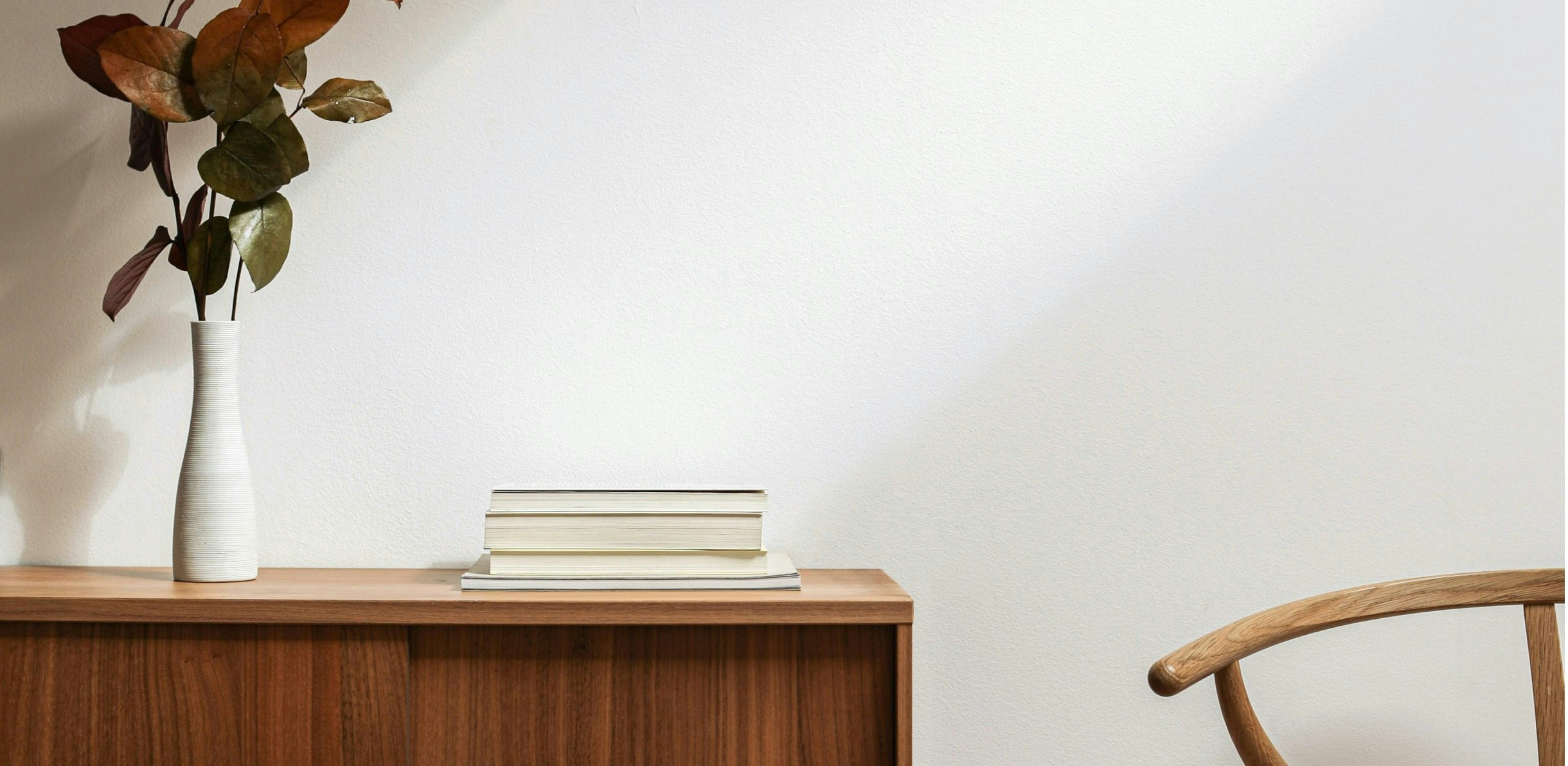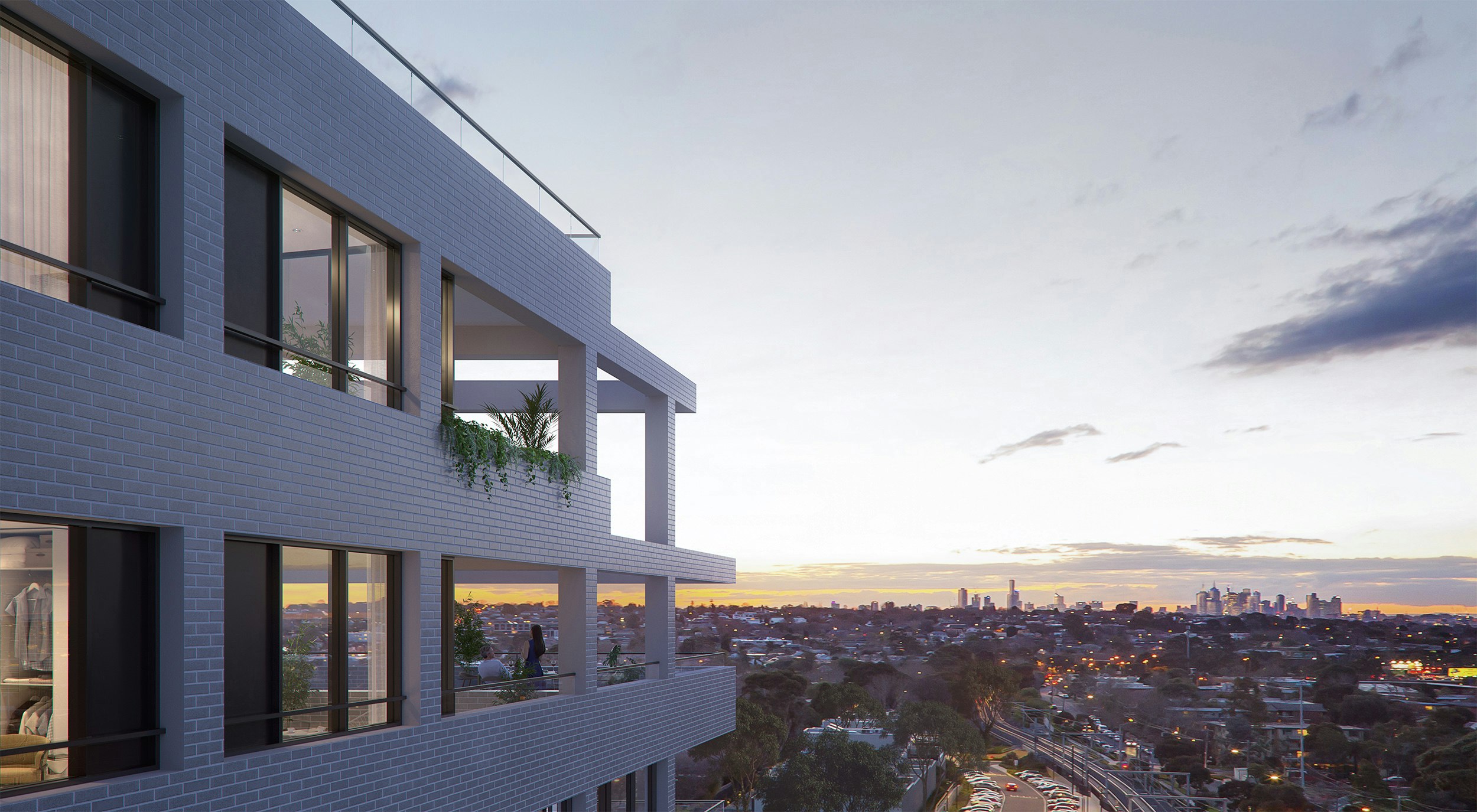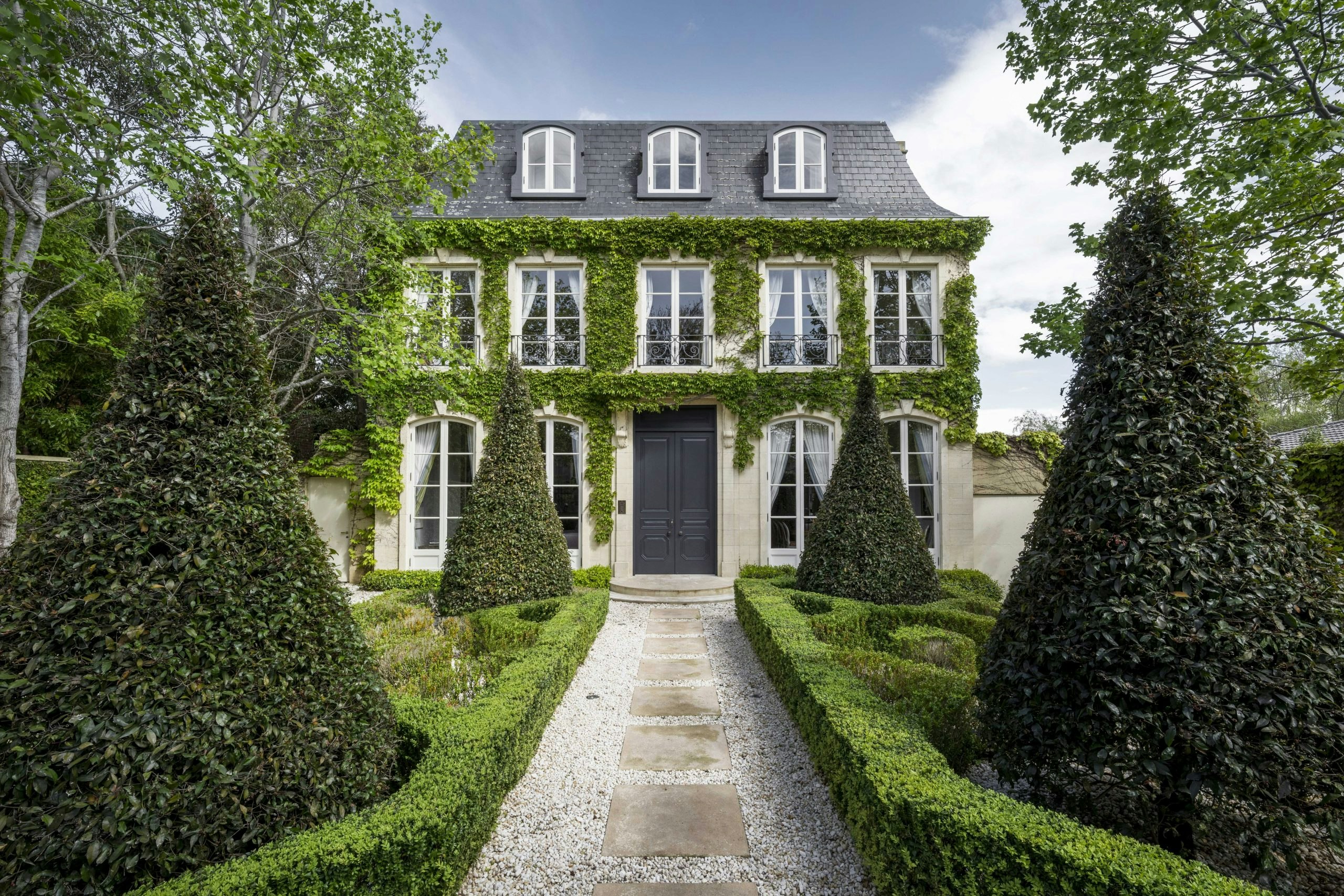As the demand for affordable options grows, there is a trend towards smaller apartments, breaking prior national standards by reducing habitable space to a mere 25 sqm.
Industry NewsCompact living: Balancing form, function, and the Australian living standard
Next ArticleCompact living: Balancing form, function, and the Australian living standard
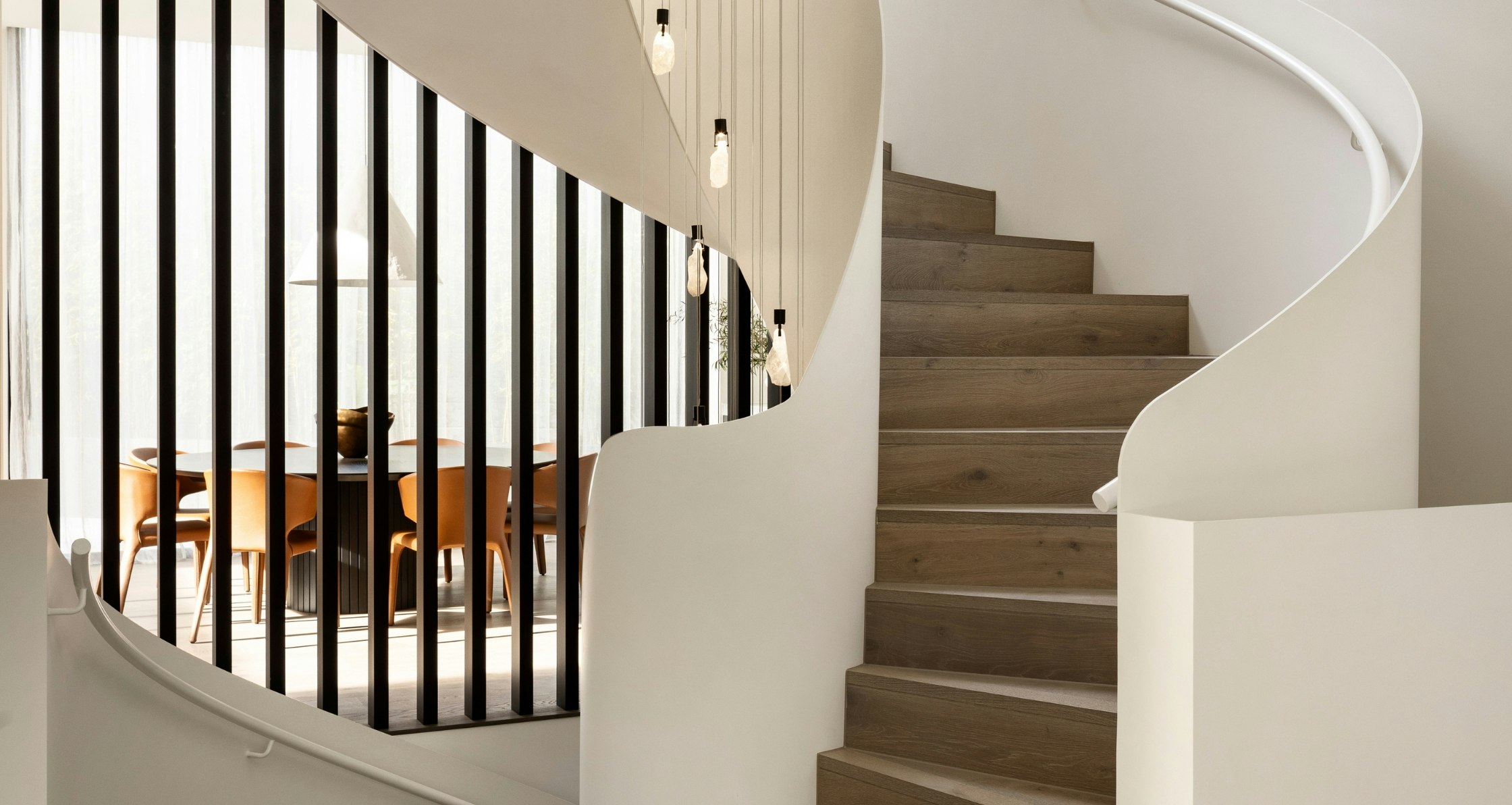
In Melbourne, the evolving skyline indicates a new housing direction.
02 February 2024
This surpasses even London’s 37 sqm minimum, approaching the standards of the world’s most densely populated cities. This transition challenges Australia’s conventional developed nation standards, focusing on urban living benefits and affordability.
A recently proposed residential development in Brunswick epitomises this shift. Designed to further introduce compact living to Melbourne’s inner suburbs, this development mirrors models from global cities like New York and Hong Kong. Situated strategically on Albert Street, the “Cysur” project recently secured approval from the Victorian Civil and Administrative Tribunal, despite initial Merri-Bek City Council roadblocks in February 2023.
The debate centred less on the project’s merit and more on its underlying philosophy. The initial proposal featured studio apartments of just 22.5 sqm, roughly equivalent to a small hotel room. This compactness challenges traditional space norms but aligns with the co-housing ethos, targeting urban affordability. “Cysur” residents will forgo private balconies for communal amenities like shared gardens, kitchens, dining areas and laundry spaces, aimed to potentially foster a stronger community connection.
After revisions, the smallest units expanded to 24.5 sqm, addressing certain critics’ concerns, particularly about daylight access and overall liveability. This does spark a broader debate: What living standards do we deem acceptable for those most in need of housing? And what is an acceptable trade-off?
This endeavour prompts crucial questions about Melbourne’s housing trajectory. Is downsizing the answer to housing woes? Notably, while Victoria does not mandate minimum apartment sizes, states like NSW require at least 35 sqm for studio apartments.
Marshall White Sales Director, John Bongiorno, comments, “Regarding Melbourne’s proposed downsizing in apartment living, I support initiatives enhancing affordability and addressing the housing crisis. However, we mustn’t sacrifice social responsibility and fair living standards.”
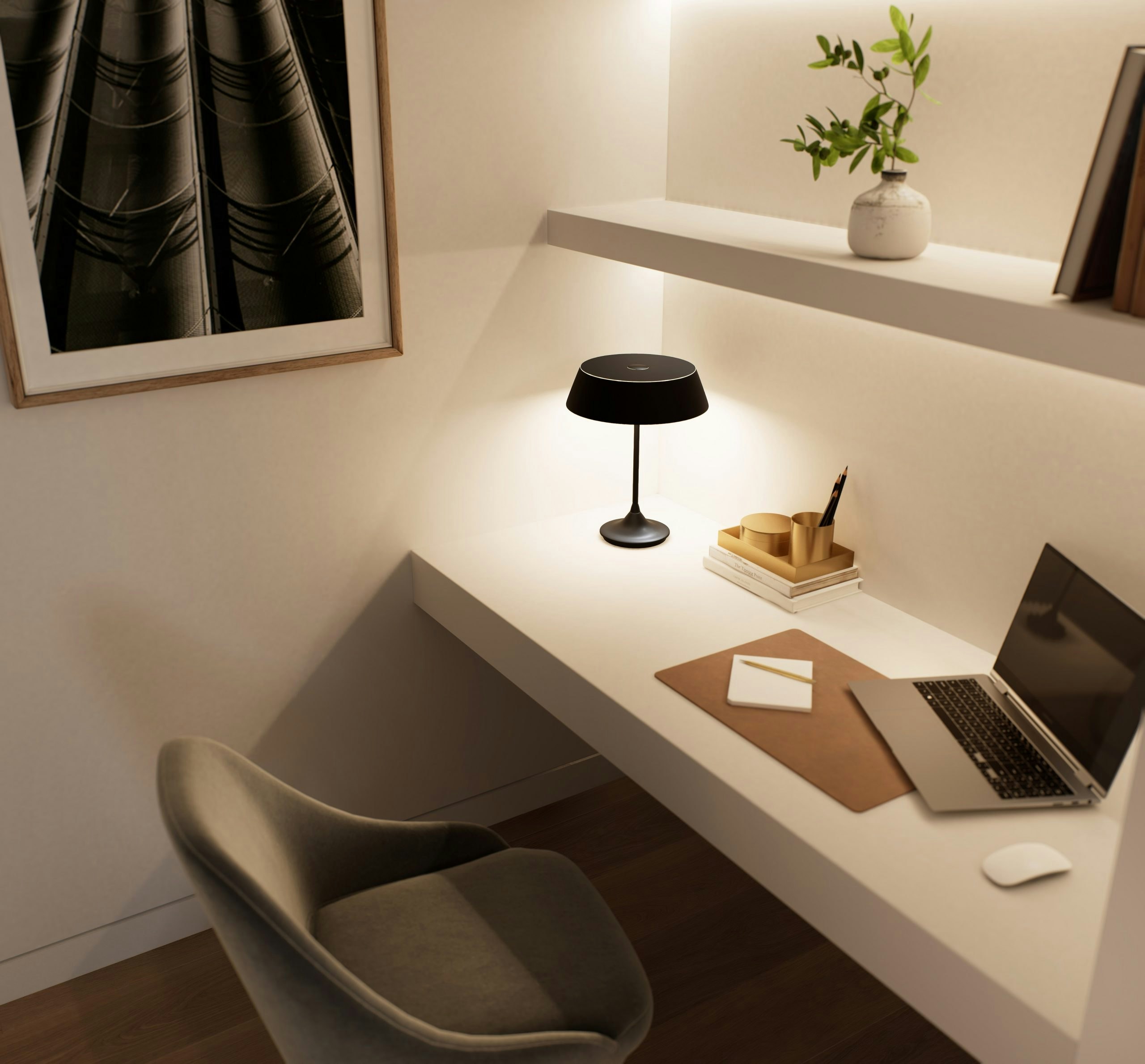
Compact housing undoubtedly addresses surging demand, but it’s vital not to undermine quality of life. Melbourne’s housing blueprint should harmonise affordability with liveability.
There’s an evident growing interest in meticulously planned, functional spaces. The sought-after “Nightingale” developments, with their approximate 27 sqm studios, underscores this – purposefully “maximising daylight, solar access, views, and privacy to ensure high resident amenity.” Although space in inner-city locales is scarce, design and attention to detail are pivotal for the enduring success of such delicate living settings.
Successful small-home living is further exemplified by Fitzroy’s renowned “Cairo Flats”, whose versatile 23 sqm micro-apartments have garnered significant attention. Much like “Nightingale”, design mastery is paramount.
As individual living spaces shrink, shared urban zones will grow in significance. Parks, communal areas, and recreational spaces will essentially become these compact homes’ extended living rooms, making urban planning and public space design ever more crucial.
While Melbourne grapples with its housing future, emerging compact living solutions like “Cysur” hint at a viable way forward. Such projects highlight the pressing need to evolve and innovate amidst growing urban challenges. Striking a balance between affordability and maintaining a high quality of life will determine the city’s sustainable housing future.
